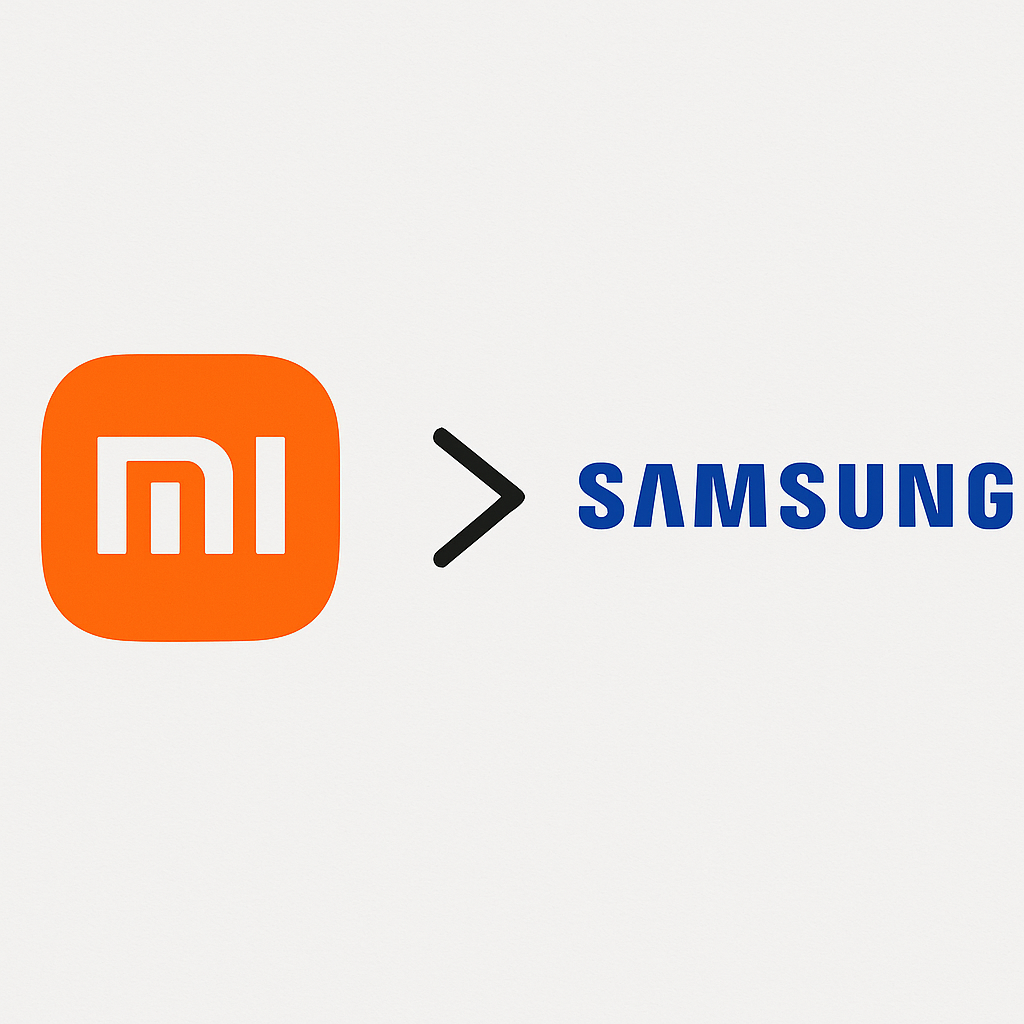¡Sé el primero en escuchar sobre los teléfonos más nuevos!

Why Xiaomi Redmi phones are better than Samsung Galaxy phones
Why Xiaomi Redmi Phones Are Better Than Samsung Galaxy Phones
In the ever-evolving world of smartphones, two major brands—Xiaomi and Samsung—compete for dominance, particularly in the budget and mid-range segments. While Samsung's Galaxy series is well-known globally, Xiaomi's Redmi lineup has gained a strong reputation for delivering outstanding value. For many users, Xiaomi Redmi phones offer a better overall experience compared to Samsung Galaxy phones, especially when factoring in price-to-performance ratio, innovation, and user-centric features.
First and foremost, Xiaomi Redmi phones provide exceptional value for money. In most price categories, Redmi devices offer better hardware than their Samsung counterparts. For example, a mid-range Redmi phone might feature a high-refresh-rate AMOLED display, a large battery, and a powerful chipset—all for a price significantly lower than a similarly equipped Samsung Galaxy device. Samsung tends to charge a premium for its brand name, even when the specs don't justify the extra cost. This makes Redmi phones particularly attractive to budget-conscious consumers who want top-tier performance without breaking the bank.
Another area where Redmi outshines Samsung is hardware innovation and customization. Xiaomi frequently equips its Redmi devices with cutting-edge features like fast charging (up to 120W in some models), high-megapixel cameras (108MP or more), and side-mounted or under-display fingerprint sensors—even in mid-range phones. Samsung often reserves such features for its high-end models, meaning users on a budget miss out unless they switch to brands like Xiaomi. Redmi also tends to include a more generous set of accessories in the box, such as a fast charger and case—something Samsung has been criticized for removing in recent years.
In terms of software performance, while Samsung’s One UI is polished and user-friendly, Xiaomi’s MIUI has made significant improvements over the years. MIUI now offers a highly customizable and smooth user experience, packed with features that go beyond what Samsung provides. Options like advanced battery management, theme customization, and gesture control give users more control over their devices. Though MIUI has faced criticism for pre-installed apps and ads, recent updates have significantly reduced these issues, and the overall software quality has improved markedly.
Battery life and charging speed are also categories where Redmi often comes out ahead. Xiaomi's aggressive push in fast-charging technology means that many Redmi phones can charge fully in under an hour—a feature still missing from most Samsung Galaxy devices in the same price range. Combined with larger battery capacities, Redmi phones tend to last longer on a single charge, offering more convenience for daily use.
Lastly, Xiaomi's community engagement and developer support have built a loyal fan base. The openness of Xiaomi devices to custom ROMs, frequent updates, and a vibrant online community means users can keep their phones updated and customized well beyond the official software support timeline.
In conclusion, while Samsung Galaxy phones are reliable and refined, Xiaomi Redmi phones offer a better balance of price, performance, and features. For users who prioritize value and innovation without paying a premium, Redmi clearly has the edge.

Dejar un comentario